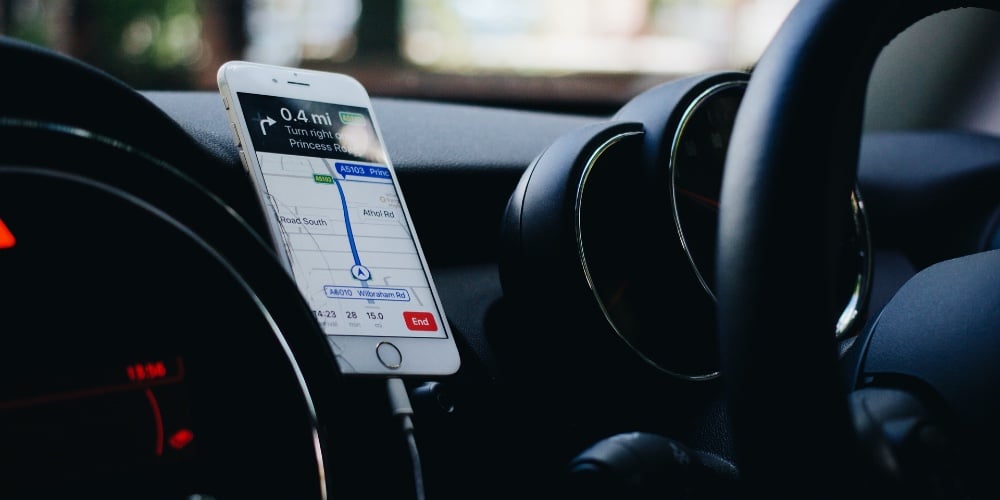Top tech for mobile banking? GPS.

We’ve all been there – wherever there is. Those times we find ourselves away from home, on a business trip, or vacation, or just lost and too proud to ask for directions. We’re somewhere we’ve never been before, looking for a street name or an address or a recognizable landmark to know where we are. If you’ve ever tried to navigate your way through an unfamiliar place, at some point, you’ve probably relied on a map app on your smartphone – such as Google Maps – to guide you to your destination.
Google Maps, like most map apps, uses Global Positioning System (GPS) technology to identify approximate location and thus help show where you are in the world. It does this by leveraging an ever-expanding network of satellites in space high above us – GPS satellites traveling ~ 9,000 miles per hour (~14.5K kilometers), orbiting ~12,000 miles (~20K kilometers) above wherever you’re standing. Satellites move so fast that their time actually moves slightly faster in space than it does for us on Earth – about 35-40 microseconds per day faster. This time difference aligns with Einstein’s general theory of relativity.
Though the time difference is small, it must be accounted for: otherwise the differences between where the satellites think you are, and where you actually are, get out of sync – by as much as 5 to 6 miles in a single day. That difference could accidentally walk you off a long pier into the ocean, over a cliff at the Grand Canyon, or leave you standing in the middle of the Los Angeles freeway …
continue reading »




